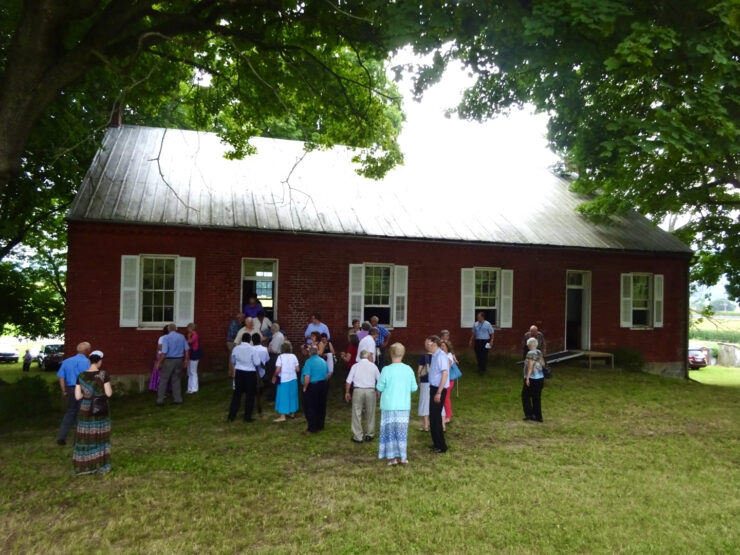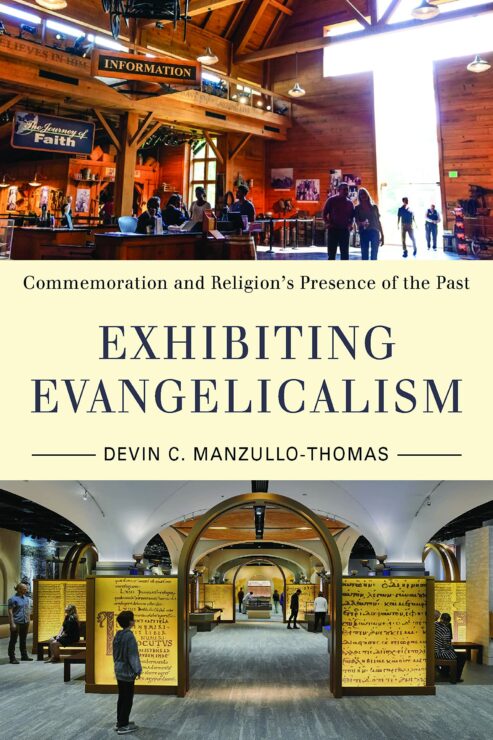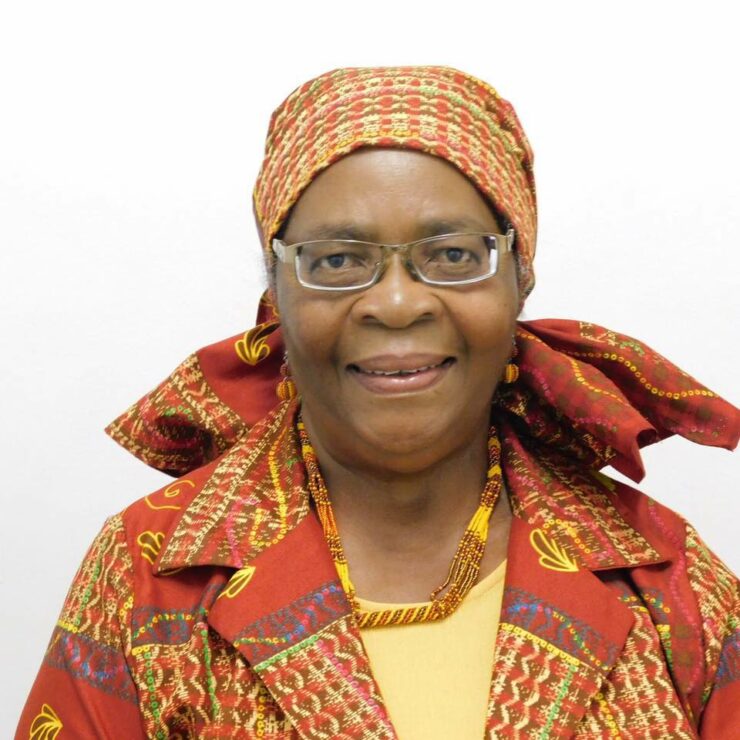In my role as director of archives at Messiah University, I’m often asked to give talks about various aspects of the university’s history and religious heritage. In February of this year, for instance, I had the privilege of giving just such a talk to an all-faculty gathering. I organized my brief talk around three photographs from our archival collection—including this photo of the Class of 1912 at Messiah Bible School and Missionary Training Home.
These six students were the first class to “graduate” from the school, which the Brethren in Christ Church had launched just three years earlier, in 1909. (Of course, in 1912 these students didn’t graduate in the sense of obtaining a formal degree; the school was not yet accredited to do so.) This first class was pretty small—just six students. It was also pretty homogeneous, at least in terms of race and religion: Five of the six students were born in North America; have German-sounding last names like Hess, Musser, and Zercher; and were affiliated with the Brethren in Christ Church.
What do we know about these six students? In his book Messiah College: A History, E. Morris Sider provides some glimpses of their backgrounds and personalities.
Ira Zercher (third from left) was the first student to register to attend Messiah Bible School and Missionary Training Home. He was older than the other students, and before enrolling at the Bible school had no more than a grade-school education. At the end of the first school year, he extolled the value of his experience in the classroom, with a bit of a poetic flourish: “This pen may rush, this ink may fade, this paper crumble away, and the hand which wrote this becomes feeble, yet the pleasant seasons I have spent here drinking at wisdom’s fountain shall never be forgotten.” ((E. Morris Sider, Messiah College: A History (Nappanee, IN: Evangel Publishing House, 1984), 41-42.))
Emma Smith (who later married John Climenhaga) and Joe Smith (fourth and fifth from left, respectively) were children of the school’s founder, S. R. Smith, a Brethren in Christ minister and businessman who offered his home in Harrisburg’s Alison Hill as the school’s first location. (After the first year in Harrisburg, the school moved—along with S. R. Smith’s noodle factory—to the village of Grantham.) Emma loved music, a fondness she inherited from her father. As a student she was actively involved in extra-curricular activities, including as a member of the Good Will Purity Association, a club that sought to improve students’ moral attitudes and behaviors. She once gave a talk at a club meeting titled “What are the Dangers of City Life for a Country Girl?” ((Sider, Messiah College, 22-23, 111-112.))
Samuel Krikorian (second from left, behind seated woman) is not mentioned in Sider’s history, but more recent historical research conducted as part of the Messiah University Intercultural History Project has yielded some information about him. Krikorian was an Armenian Christian who escaped persecution in his home country of Turkey and, in 1909, emigrated to the United States. His eventual arrival in Grantham was the somewhat serendipitous result of a chance meeting between his aunt, Rebecca Krikorian, and S. R. Smith at the train station in Harrisburg. Rebecca, who as a midwife had helped to deliver Samuel, had always hoped that her nephew would become a minister; she prayed earnestly for him—first, for his arrival in the United States and, second, for him to find a suitable school for his ministerial training. She found that, initially, in Smith’s Messiah Bible School. Eventually, Rebecca would move to the West Coast, and Samuel would follow her, eventually earning a degree from Pasadena University in California. ((Christina Thomas, “Coming to America: The Life of Rebecca Krikorian, Part II,” Diary of a Historian (blog), June 12, 2014, https://diaryofahistorian.com/2014/06/12/coming-to-america-the-life-of-rebecca-krikorian-part-ii/; Thomas, “Last, But Not Least: Reverend Samuel Coffing Krikorian,” Diary of a Historian (blog), July 11, 2014, https://diaryofahistorian.com/2014/07/11/last-but-not-least-reverend-samuel-coffing-krikorian/.))
While significant in many ways, Krikorian’s presence in this photo is a reminder that, despite being a predominantly white and predominantly Brethren in Christ institution for much of its history, Messiah from its founding was never designed to be narrowly sectarian. In fact, the school’s first charter states that “applicants for admittance to the school may be admitted irrespective of race, color, sex, creed, or faith, who believe in the deity of Jesus Christ. . . .”
Messiah Bible School would welcome its first African American student, Rachel Flowers, in 1916, and her brother, Vincent, in 1922. ((Christina R. Thomas, “The Life of Rachel H. Flowers, 1900-1988,” Brethren in Christ History and Life 43, no. 2 (August 2020): 168-202.))
As the first class of students to graduate from Messiah Bible School, these three women and three men hold a significant place in the institution’s history—and, by extension, in the history of the Brethren in Christ Church. Their stories deserve to be preserved and shared.


 We celebrate the publication of Devin Manzullo-Thomas’s new book, Exhibiting Evangelicalism: Commemoration and Religion’s Presence of the Past (University of Massachusetts Press, 2022). Devin is the archivist for the Brethren in Christ Church and Messiah University. See the next page for an excerpt from what Historical Society member Andrew Saylor wrote in a note of appreciation about the book.
We celebrate the publication of Devin Manzullo-Thomas’s new book, Exhibiting Evangelicalism: Commemoration and Religion’s Presence of the Past (University of Massachusetts Press, 2022). Devin is the archivist for the Brethren in Christ Church and Messiah University. See the next page for an excerpt from what Historical Society member Andrew Saylor wrote in a note of appreciation about the book. This year, 2023, is the 125th anniversary of the beginning of Brethren in Christ missions, when the first missionary party set out in 1898 for Africa and ended up settling in the Matopo Hills of what is now Zimbabwe. The Zimbabwe Brethren in Christ Church has thrived and grown from those early years to become the largest Brethren in Christ conference in the world.
This year, 2023, is the 125th anniversary of the beginning of Brethren in Christ missions, when the first missionary party set out in 1898 for Africa and ended up settling in the Matopo Hills of what is now Zimbabwe. The Zimbabwe Brethren in Christ Church has thrived and grown from those early years to become the largest Brethren in Christ conference in the world.